How ASEAN Countries Can Provide Inclusive Education for Children with Disabilities
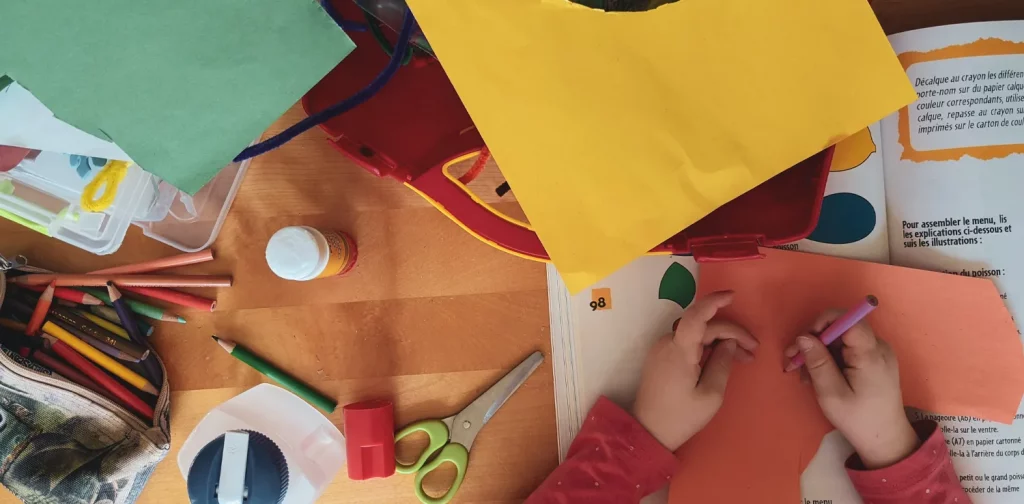
Photo by Sigmund on Unsplash.
Education is one of the foundational aspects of building a better life. Every child deserves a fair chance to study, including children with disabilities. As schools are slowly reopening after the COVID-19 pandemic, a report published by the Economic Research Institute for ASEAN and East Asia (ERIA) shows how ASEAN countries can build an inclusive education for students with disabilities.
What does inclusive mean?
Students with disabilities have been facing barriers to accessing quality education. Out of 240 million children with disabilities worldwide, 49% are more likely to have never attended school, according to UNICEF. The school closure due to COVID-19 has increased the barrier. Therefore, it is crucial to implement inclusive education policies across nations to minimize dropping out once schools fully reopen.
The report titled Inclusive Education in ASEAN: Fostering Belonging for Students with Disabilities examines the ASEAN countries’ progress in inclusive education for students with disabilities. Inclusive education is a learning environment where students can access quality learning adapted to individual learning needs. Under this system, students can obtain valuable skills and a sense of belonging within the learning environment.
Challenges & Opportunities
While most countries show progress and aspirations toward creating inclusive education, challenges persist. The report notes several challenges faced by ASEAN countries:
- Defining disability. While apparent physical disabilities are more readily diagnosed and treated, the challenges lie in meeting the needs of children with intellectual disabilities. In this case, they are prone to be excluded from the education system, especially if the disability is mild and can be misinterpreted as ‘lazy.’
- Familiarity with inclusion principles. Some teachers, parents, and policymakers already recognize the importance of inclusive education. However, they might not be thoroughly familiar with neurodiverse learning and principles of inclusion, including how to adapt a curriculum to students’ needs. It is also crucial for national leaders to use inclusive language publicly and advocate for social, political, and economic inclusion for students with disabilities.
- Learner-centered vs. teacher-centered approach. Centering learning around students’ needs can increase student engagement, support Universal Design for Learning (UDL), and enhance students’ critical and social thinking skills.
Framework for Actions
Creating an inclusive education system is a long-term, national, or regional commitment. Upholding the rights of students with disabilities is essential to prevent them from facing discrimination. The report offers a framework of actions for important stakeholders:
- Schools – Integral in creating safe and welcoming learning environments for students with disabilities, schools should reduce academic expectations post-pandemic, encourage monitoring evaluation through online surveys, shift to a student-centered learning approach, and involve parents of students with disabilities in crafting learning plans.
- Ministry – Leaders must first have an in-depth understanding of the needs of persons with disabilities. Then, they should review current policies and set more inclusive guidelines and policies, provide training for teachers, allocate funds, and advocate for the welfare of students with disabilities in cultural programs.
- ASEAN Member States – National governments should revisit national commitments for inclusive education, monitor implementations of inclusive education programs and goals, and campaign for disability awareness. ASEAN member states should also collaborate in post-COVID-19 recovery by promoting peer learning between countries and sharing good practices.
Read the full report here.
Editor: Nazalea Kusuma

Join Green Network Asia – An Ecosystem of Shared Value for Sustainable Development.
Learn, share, network, and get involved in our movement to create positive impact for people and the planet through our public education and multi-stakeholder advocacy on sustainability-related issues and sustainable development.
Choose Your Membership Plan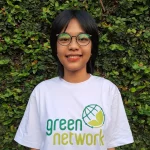
Kresentia Madina
Madina is the Assistant Manager for Digital Publications at Green Network Asia. She graduated from Universitas Indonesia with a bachelor's degree in English Literature. She has three years of professional experience working on GNA international digital publications, programs, and partnerships particularly on social and cultural issues.


 Integrating Sustainability in Indonesia’s Gastrodiplomacy Efforts
Integrating Sustainability in Indonesia’s Gastrodiplomacy Efforts  Maintaining Healthy Skepticism on Corporate Climate Claims
Maintaining Healthy Skepticism on Corporate Climate Claims 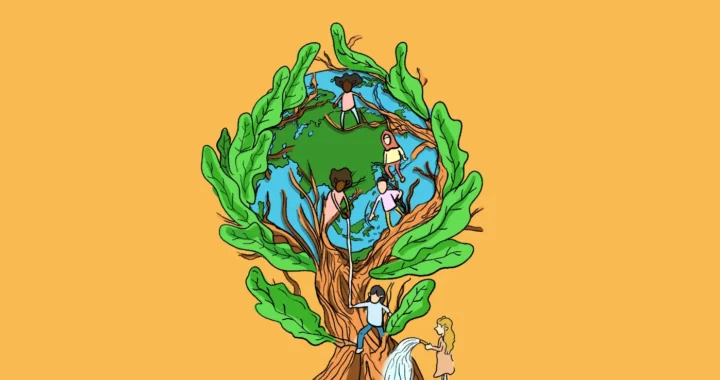 Not Just Leading, But Transforming: How Women Are Reshaping Climate Justice in Asia
Not Just Leading, But Transforming: How Women Are Reshaping Climate Justice in Asia  Global Food Systems Transformation for Planetary Health
Global Food Systems Transformation for Planetary Health 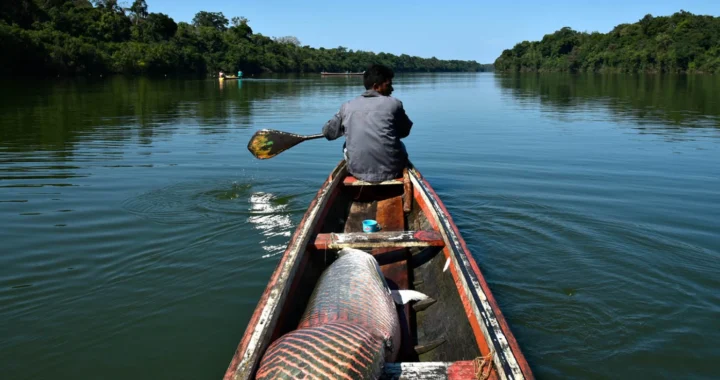 Empowering Small-Scale Fish Farmers for Sustainable Aquaculture
Empowering Small-Scale Fish Farmers for Sustainable Aquaculture 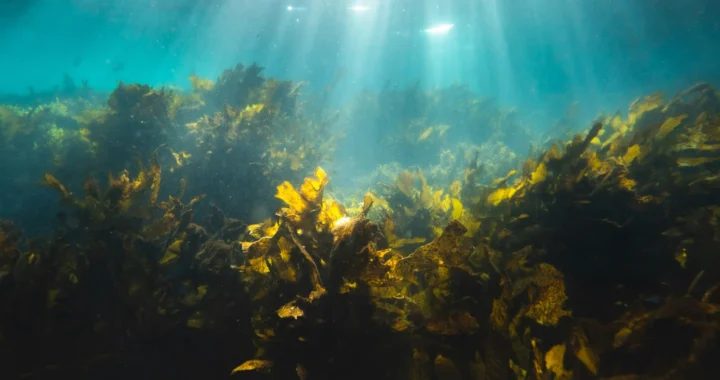 Exploring Seaweed Farming for Climate Action and Community Resilience
Exploring Seaweed Farming for Climate Action and Community Resilience